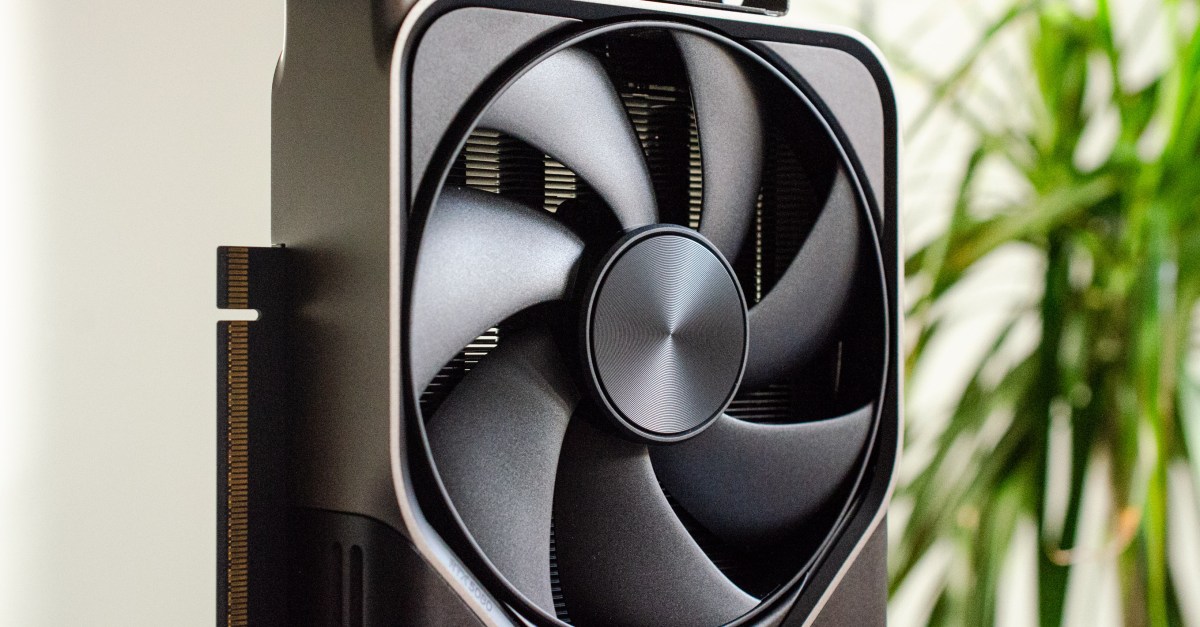Nvidia’s Surprising Revelation: Early RTX 5080 Cards Lacking ROPs
In a shocking development that has sent ripples through the tech community, Nvidia has recently confirmed that certain early models of its much-anticipated RTX 5080 graphics cards are lacking a critical component: Raster Operations Pipelines (ROPs). This revelation raises significant concerns regarding quality control, consumer trust, and the overall implications for gamers eager to upgrade their setups. As the gaming landscape continues to evolve with increasing demands for high-performance hardware, understanding the ramifications of this announcement is essential for both current and prospective Nvidia customers.
What Are ROPs and Why Do They Matter?
Before diving into the implications of Nvidia’s announcement, it’s crucial to grasp the role of ROPs in a graphics card. ROPs are responsible for the final stages of the rendering process, handling tasks such as pixel output and anti-aliasing. Essentially, they play a pivotal role in determining the quality and clarity of the graphics displayed on-screen. A higher number of ROPs typically translates into better performance, especially in high-resolution gaming environments where detail and speed are paramount.
The Impact of Missing ROPs
The absence of ROPs in early RTX 5080 models could have several significant implications:
- Performance Degradation: Gamers may experience lower frame rates, reduced visual fidelity, and overall subpar performance compared to what they would expect from a high-end graphics card.
- Consumer Trust Issues: This revelation could erode trust in Nvidia as a brand, leading consumers to question the company’s quality assurance processes and overall commitment to delivering reliable products.
- Market Competition: With competitors like AMD continuously improving their offerings, Nvidia’s missteps could provide an opportunity for rival companies to capitalize on this vulnerability.
Quality Control Concerns
Nvidia’s acknowledgment of this issue raises pertinent questions about their quality control measures. As a leading manufacturer in the graphics card industry, Nvidia is expected to maintain high standards in product development and testing. The presence of cards lacking ROPs suggests a potential oversight in their manufacturing process, which is particularly concerning given the competitive nature of the industry.
Quality control is vital in ensuring that every product released to consumers meets stringent performance standards. Companies like Nvidia invest heavily in research and development, but the recent revelation indicates a possible lapse in the final stages of production. This situation serves as a reminder that even established brands can encounter challenges in maintaining quality across their product lines.
Consumer Reactions and Concerns
As news of the missing ROPs spreads, consumer reactions have been mixed. Many gamers express frustration and disappointment, feeling misled by what they believed would be a top-tier graphics card. Some users have taken to social media platforms and gaming forums to voice their concerns, sharing insights and speculating on how this could impact their gaming experiences.
Moreover, potential buyers are now left in a dilemma: should they wait for revised models or take the plunge and risk acquiring a faulty card? This uncertainty can hinder Nvidia’s sales and may compel consumers to consider alternatives from competing brands.
Nvidia’s Response and Future Steps
In light of this revelation, Nvidia has issued a statement acknowledging the situation and assuring customers that they are actively working to address the issue. The company is reportedly conducting an internal review of the affected models and will implement corrective measures to ensure that future batches meet the expected performance standards.
What Can Consumers Expect Moving Forward?
While Nvidia’s commitment to resolving the issue is a positive sign, consumers are understandably skeptical. Here are some potential steps that Nvidia could take to restore consumer confidence:
- Product Recalls: If the situation warrants, Nvidia may need to initiate a recall of the affected RTX 5080 models, offering consumers the option to return their products for a full refund or exchange.
- Transparency: Increased transparency in their manufacturing processes and quality control measures can help rebuild trust with consumers, demonstrating that they take such issues seriously.
- Enhanced Customer Support: Providing robust customer support to assist those affected by the missing ROPs can further mitigate dissatisfaction and demonstrate Nvidia’s commitment to its user base.
Implications for the Gaming Community
The gaming community is a diverse and passionate group, often defined by their loyalty to brands and products. Nvidia’s surprising revelation about the RTX 5080 cards lacking ROPs has the potential to shake the foundations of this loyalty. Gamers seeking high-performance components will need to carefully consider their options moving forward.
Considering Alternatives
As Nvidia navigates this turbulent situation, many gamers may begin exploring alternatives to the RTX 5080. AMD’s latest offerings, for example, have been gaining traction among performance enthusiasts. The RX 7000 series has shown promising benchmarks, and consumers might be tempted to switch allegiances based on Nvidia’s recent misstep.
Moreover, the conversation about graphics cards is not strictly confined to brand loyalty. Gamers often prioritize performance, value for money, and reliability. As such, individuals looking to upgrade their setups should consider a range of factors, including:
- Performance Benchmarks: Investigate how competing graphics cards perform in real-world gaming scenarios.
- Price Points: Compare prices to ensure that any investment is justified by the performance gains.
- Future-Proofing: Consider how well a graphics card will hold up against upcoming titles and technological advancements.
Conclusion: A Path Forward
Nvidia’s surprising revelation regarding early RTX 5080 cards lacking ROPs has undoubtedly raised eyebrows in the tech community. While this issue presents challenges for the company, it also serves as a pivotal moment for both Nvidia and consumers. By addressing quality control concerns and prioritizing transparency, Nvidia has an opportunity to rebuild trust and solidify its position in the market.
For gamers, the landscape may shift as they weigh their options and consider alternatives. Ultimately, this situation underscores the importance of vigilance and informed decision-making in an ever-evolving digital world. As Nvidia works to rectify this oversight, the gaming community will be watching closely, eager to see how the company navigates this unexpected challenge.
See more Future Tech Daily

